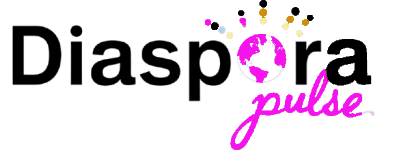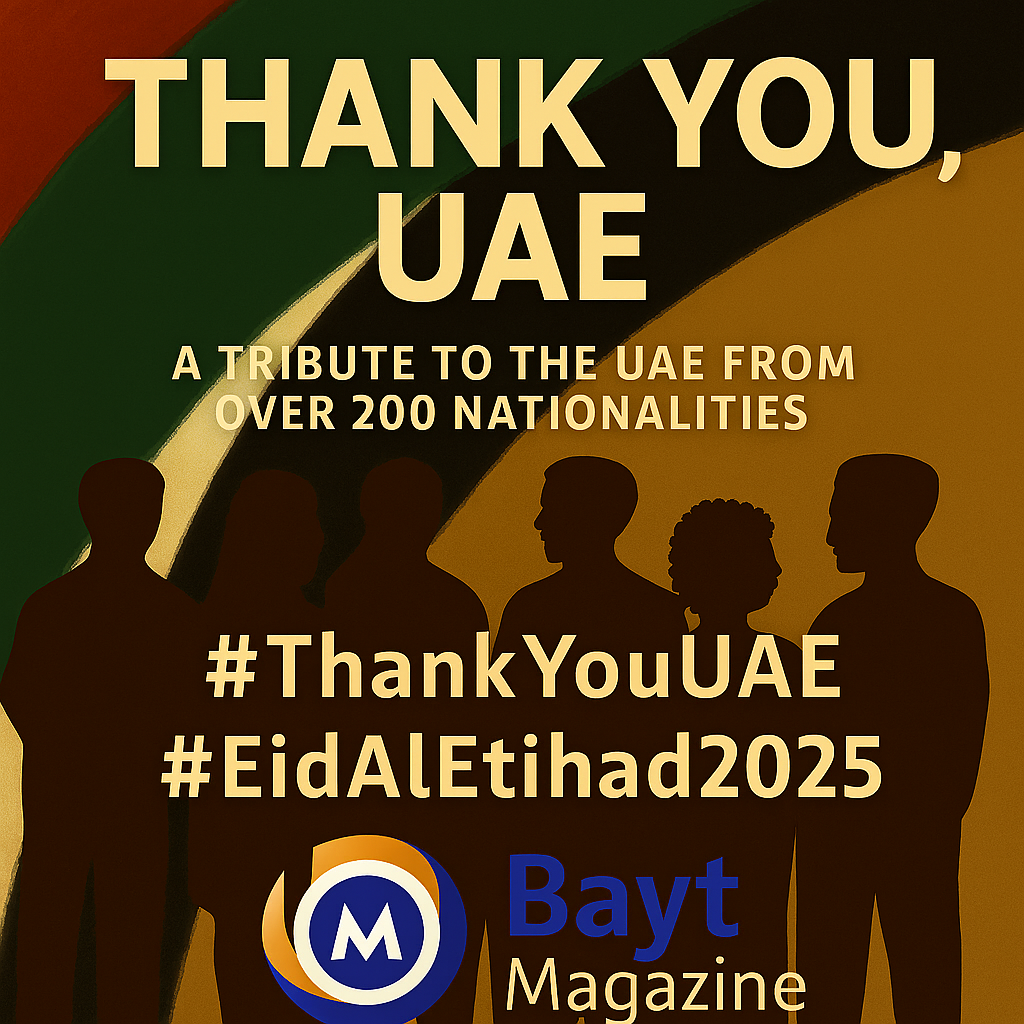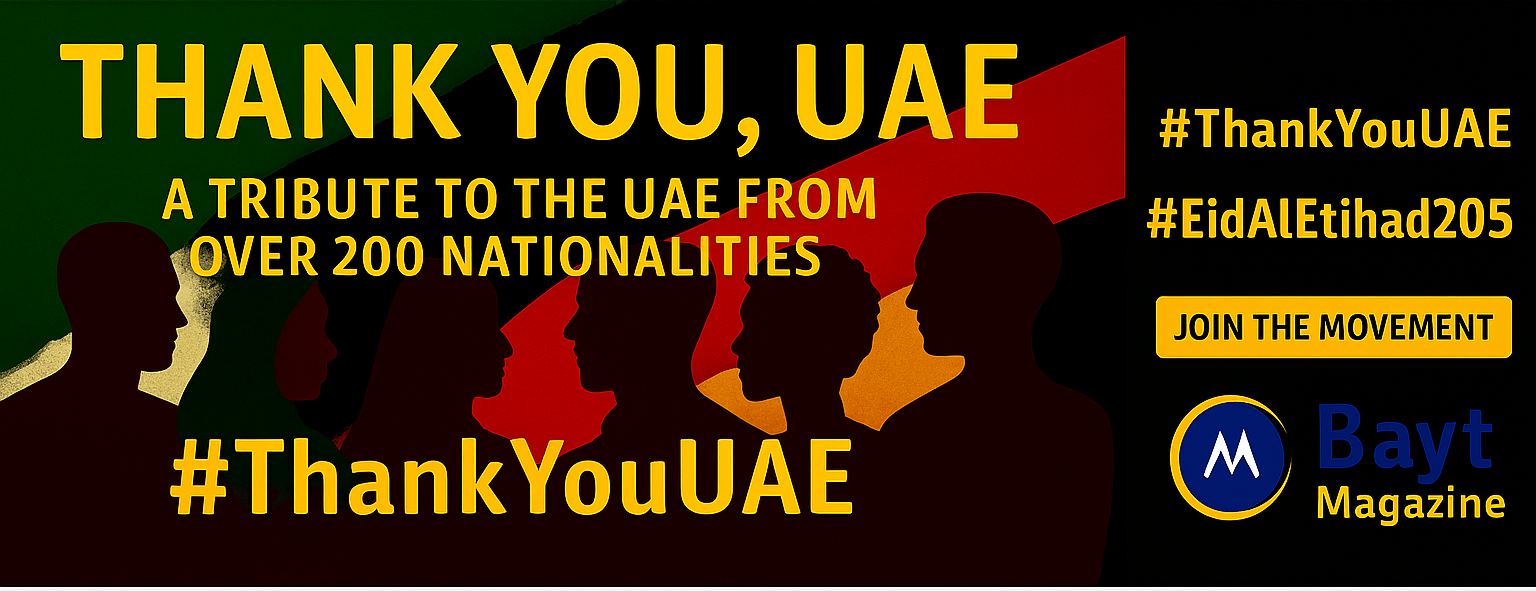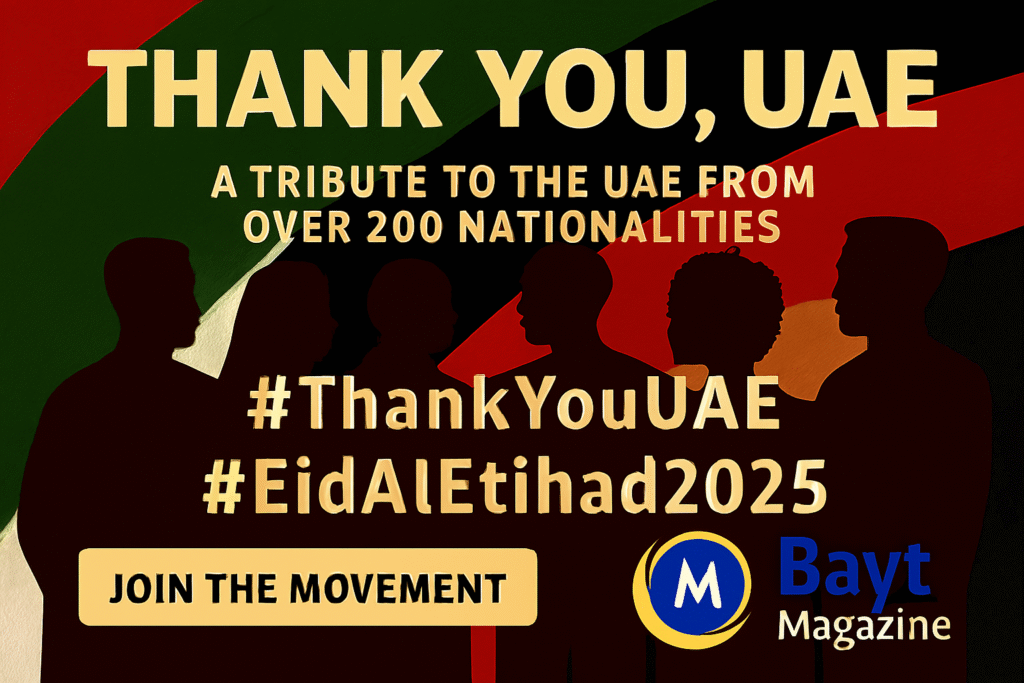Jewish people’s dispersion from ancient Israel gave us the term ‘diaspora’. The concept has grown beyond its origins to include Armenian, Greek, and African communities in different parts of the world. Diaspora communities now represent more than just displaced populations – they serve as valuable assets that boost global economic competitiveness and strengthen international relations.
Higher education has formed a powerful bond with diaspora networks. Countries like China, Israel, India, Singapore, Morocco, and South Korea actively build educational connections with their diaspora communities. Cheaper international travel and advanced communication technology have created new opportunities that enable academic cooperation. Universities have moved past traditional student exchanges to adopt detailed cross-cultural academic programs.
This piece takes a closer look at how diaspora communities reshape higher education internationalization and their contribution to knowledge transfer, research collaboration, and institutional growth. The discussion covers practical frameworks and challenges while exploring future possibilities to leverage diaspora networks in academic environments.
Understanding Diaspora: Evolution from Exile to Global Networks
The concept of diaspora has grown beyond its original meaning of describing exiled communities. It now covers complex networks that shape global knowledge systems. This evolution shows how scattered populations contribute across national boundaries.
Historical Transformation of Diaspora Meaning
The Greek word “diaspeiro” gave birth to the term diaspora. It combines “speiro” (to sow) and “dia” (over) and originally described migration and colonization in ancient Greece. The Jewish experience after the Babylonian exile served as the main example for theoretical frameworks. Until the 1960s, immigrant groups had to integrate into local norms. Their ongoing transnational identities received little attention.
Scholars started using the diaspora concept more broadly in the 1970s after integration theories showed their limits. Armstrong’s work on “Mobilized and proletarian diasporas” introduced the first formal theory in 1976. Gabriel Sheffer made another important contribution in 1986. He argued that diaspora included groups like Greeks and Chinese beyond Jewish communities. The 1980s became a time of expanding ideas as researchers tried to find specific elements that set diaspora apart from other migration patterns.
Key Characteristics of Modern Academic Diasporas
Modern academic diasporas differ from historical exile-focused ideas. Today’s academic diaspora communities show these features:
- Dual or multiple identities that express an “in-betweenness” of home and destination cultures
- Transnational mobility with circular migration patterns instead of one-way journeys
- Digital connectivity that bridges distances and changes relationships with home countries
- Knowledge transfer capabilities that help both host and origin countries
- Professional networks that surpass national boundaries
Academic diasporas form through complex interactions between pre-migration experiences and post-migration integration. These communities differ from traditional diaspora groups based on shared trauma. They often unite around professional identities and scholarly networks. Education-driven mobilities create unique academic communities. Both home and host countries value these communities but for different interests and goals.
The Shift from Marginalization to Strategic Resource
Diaspora’s meaning has changed from representing exiled populations to becoming valuable assets for nations. Earlier views focused on “brain drain” and talent loss from sending countries. All the same, this viewpoint changed as governments learned about diaspora communities’ potential value.
Many countries now create “diaspora strategies” – clear policy initiatives to manage relationships with their scattered populations. These strategies help create business networks, knowledge exchange platforms, and specialized offices. The African Union defines diaspora with a development focus: “Any person of African origin living outside Africa who wishes to contribute to Africa’s development”.
Countries recognize diaspora networks’ strategic value through their contributions. These dynamic communities promote innovation, global trade, and knowledge exchange in host societies. Origin countries gain access to global labor markets, cultural exchange, and diplomacy. They also receive new ideas, skills, and financial resources. This change shows how transnational communities transformed from problems into valuable resources.
The Strategic Value of Diaspora Networks in Higher Education
“Diaspora clearly constitutes a critical conduit through which African higher education can be internationalized.” — Paul Tiyambe Zeleza, Vice Chancellor and Professor of the Humanities and Social Sciences at the United States International University-Africa
Academic diaspora networks are vital connectors in the global knowledge ecosystem. They have changed how higher education institutions work with talent beyond national borders. Universities around the world now see these networks as strategic assets instead of viewing emigration as just a loss of intellectual capital.
Knowledge Transfer Through Diaspora Channels
Diaspora knowledge transfer has become a powerful way to share expertise across borders without permanent return migration. This approach sees skilled migration not as a brain drain but as a process that builds migrants’ intellectual, social, and economic capital. These benefits eventually flow back to their home countries.
Two models define this transfer: physical return of skilled migrants and virtual knowledge exchange without physical return. Virtual exchange has gained momentum as digital technologies advance. This allows diaspora members to contribute from anywhere in the world. Knowledge transfer activities range from casual advisory roles to structured training programs, research projects, expert consulting, and business ventures.
Programs that help these exchanges have existed since the 1970s. The United Nations Development Program’s Transfer of Knowledge through Expatriate Nationals (TOKTEN) was the first. Today, the International Organization for Migration runs the Connecting Diaspora for Development (CD4D) program. This shows how returning diaspora members use various methods – from classroom training to one-on-one coaching – based on their skills and what institutions need.
The effects go beyond individual knowledge sharing. Studies show that when diaspora members participate, host institutions improve their internal structures, create new policies, and run more smoothly. Moldova’s National Diaspora Strategy aims to use its diaspora’s human potential through permanent, temporary, and virtual returns to solve brain drain challenges.
Research Collaboration Opportunities
Diaspora networks create perfect conditions for research partnerships that might never happen otherwise. These collaborations often grow from shared culture, language, religion, and sometimes political views. The most successful diaspora-driven research projects produce clear results including:
- Joint publications in prestigious journals
- Collaborative grant applications
- Shared laboratory access
- Cross-border student supervision
South Africa’s University of the Witwatersrand shows this potential through its Health Sciences Research Office program. The program targets alumni in rare skill areas. Visits by 24 diaspora alumni fellows over four years produced 14 joint publications, five joint grants, opportunities for postgraduate supervision, and a health application database consortium.
African universities have also created innovative models that include diaspora connections to develop future academics. The African Institute of Mathematical Sciences brings in diaspora research chairs from Europe and North America to its centers across Africa. These chairs support scientific development through research, teaching, and creating excellent research groups.
Alumni as International Ambassadors
Alumni networks are perhaps the oldest form of diaspora engagement in higher education. Diaspora and international alumni serve as vital informal “ambassadors” in other countries’ science systems. Some institutions and countries host formal diaspora networks, while others grow naturally through grassroots efforts.
EU ALUMNI connects former beneficiaries of EU-funded programs worldwide. This network makes cooperation and engagement with the European Union easier. Austria’s scientific diaspora in North America works through ASciNA, along with the Research and Innovation Network Austria at the Washington embassy.
These networks become especially valuable as diaspora members bridge cultures. They share positive stories through real actions and help promote diversity between their birth and adopted countries. This ambassador role reaches beyond academics into business, arts, and public service. It creates lasting ties that help both institutions and nations.
Diaspora networks have changed the brain drain story into one of brain circulation. Knowledge now flows in many directions across borders, making all participating institutions and countries stronger. This shows that academic mobility creates international communities whose value goes beyond traditional migration frameworks.
Mapping Global Diaspora Academic Communities
Global academic mobility creates unique patterns of diaspora communities that build complex knowledge networks across continents. These patterns mirror broader geopolitical dynamics and show evolving relationships between traditional educational powerhouses and emerging knowledge economies.
Major Academic Diaspora Hubs Worldwide
Academic mobility demonstrates different patterns in various regions and creates distinct hubs of diaspora activity. Traditional host countries like the USA, Australia, UK, Russia, and Canada have more inbound than outbound movements. Countries such as China, India, Vietnam, Kazakhstan, Brazil, and Colombia see higher numbers of outbound students and staff. Regional mobility dominates in certain areas, especially when you have European countries.
The digital world changes faster now. Traditional host countries still attract migration, but a reversed flow of mobility now moves toward emerging academic centers like China, Poland, and Turkey. This transformation points to a more complex global knowledge ecosystem where academic diasporas flow through multiple nodes instead of following one-way patterns.
Universities position themselves as centers to foster new diasporas. The core team at leading universities identifies and mobilizes diasporic scientists, researchers, and scholars to build global knowledge networks. Universities activate academics with multiple ethnic affiliations to advance their strategic goals, including recruitment of skilled researchers worldwide.
Power dynamics shape these hubs’ organization. Academic diaspora politics plays out differently in this complex, hierarchical space based on regional contexts. To cite an instance, see Vietnam and several African countries that show nuanced academic diaspora relationships, where brain drain and brain circulation discourses vary by a lot.
Discipline-Specific Diaspora Networks
Academic diasporas organize themselves around disciplinary communities that exceed national boundaries. These networks come from multiple sources, including:
- Universities’ institutional ambitions to expand research capacity in resource-constrained environments
- International and national funding bodies focused on research “grand challenges”
- Individual researcher aspirations where global networks determine career success
Discipline-specific networks emerge to address specific needs within academic fields. The US-based academic diaspora in Haiti after the 2010 earthquake mobilized resources, activated existing networks, and negotiated with state actors to rejuvenate the country’s higher education sector. This example shows how academic diaspora can use educational capital to revolutionize university systems and skilled labor forces in their countries of origin.
Building these networks takes systematic effort. One researcher notes, “A great deal of work has to be done to bring together groups of people from various origins and interests into the service of strategic objectives”. Diaspora academics get identified, encouraged, fostered, and supported to perform knowledge brokering functions across cultural and national borders.
Some disciplines benefit more from these networks, particularly those needing expensive infrastructure or specialized expertise. Studies of physics track the extent of academic “brain drain” and migration patterns’ effects on researcher productivity. Digital tools like machine learning approaches applied to large-scale publication data help identify trends in academic diaspora movement within specific disciplines.
Universities recognize that diaspora networks play vital roles in knowledge production, utilization, and commercialization. International students and faculty serve as knowledge brokers in any discipline and forge productive links that capitalize on globalization’s opportunities.
Institutional Frameworks for Diaspora Engagement
Universities need formal institutional structures as key elements to tap into the full potential of their academic diaspora’s talents and networks. These frameworks turn occasional diaspora participation into well-organized, environmentally responsible relationships that help both institutions and scattered academic communities.
Developing Diaspora-Focused Internationalization Policies
Many countries like China, Israel, India, Singapore, Morocco, and South Korea have started policies in the last decade to build mutually beneficial alliances with their respective diasporas through higher education. These nations connect their institutional diaspora strategies to mobile academics and students’ aspirations and identities. Many countries face talent outflow, but strategic policies now see this differently – from “brain drain” to “brain gain” and ended up as “brain circulation”.
Strategic policy frameworks recognize the changing metaphors that describe skilled labor migration. The Carnegie Corporation of New York points out that diasporas from the global South in the global North are now seen as valuable assets to develop, democratize, and globalize their home countries. Successful policies combine smoothly diaspora participation with broader internationalization strategies instead of treating them separately.
Governments of all regions create memoranda of understanding that outline:
- Project objectives and expected outcomes
- Scope of work for visiting diaspora academics
- Roles and responsibilities of hosts and diaspora scholars
- Timelines compatible for both parties
- Incentives including insurance, stipends, and accommodation
Creating Dedicated Diaspora Liaison Offices
A resilient infrastructure designed specifically for diaspora participation has proven vital for lasting relationships. The European Union Global Diaspora Facility (EUDiF) shows this approach well by connecting diaspora organizations in Europe with countries of origin. EUDiF acts as a central knowledge broker that shapes policies and practices while enabling dialog between governments.
Hundreds of institutions worldwide participate in diaspora engagement and create a combined infrastructure to manage affairs with citizens abroad. Foreign affairs ministries often lead these interactions, but specialized diaspora liaison offices provide more focused support. Universities’ dedicated offices help find and recruit diaspora fellows, usually managed at the institutional rather than departmental level.
The University of Ghana’s Carnegie-funded program demonstrates this approach by providing flight tickets, accommodation, and stipends for visiting diaspora professors. These liaison offices also offer cultural orientation to prevent miscommunication between diaspora academics and local institutions.
Measuring Diaspora Engagement Effect
Diaspora contributions need special metrics beyond traditional internationalization indicators. The African Academic Diaspora Toolkit states that “measuring the effectiveness of diaspora exchanges is of critical importance”. Hosts and visiting diaspora academics should agree on performance milestones and metrics before starting their work.
Evaluation frameworks typically get into multiple areas including:
- Research outputs (joint publications, research grants)
- Educational effect (curriculum development, student mentoring)
- Institutional capacity building (policy development, procedural improvements)
- Network expansion (new institutional partnerships)
Diaspora programs show positive outcomes, but assessment challenges remain. Current evidence reveals that participation often stays “temporary, superficial and of little impact on the quality of research and educational programs” without proper measurement frameworks. Complete evaluation tools must focus on quality rather than just counting interactions.
These institutional frameworks revolutionize occasional initiatives into permanent, structured diaspora-led knowledge exchange programs that fit with broader educational strategies like the Continental Education Strategy for Africa.
Materials and Methods for Effective Diaspora Outreach
Higher education institutions need specialized tools and methods to build meaningful connections with their diaspora across geographical boundaries. These institutions now see academic diaspora as valuable assets. The focus has moved toward practical ways to build lasting relationships.
Digital Platforms for Diaspora Community Building
Digital innovation has altered the map of diaspora engagement and opened new possibilities. The Egyptian government is building a diaspora e-platform to upgrade its higher education institutions and promote research innovation. Their JESOR-D initiative helps Egyptian experts abroad work with local universities on development projects.
The International Organization for Migration’s iDiaspora platform shows how digital engagement works globally. This platform serves as:
- A hub where transnational communities share knowledge
- A space where diaspora members connect and contribute
- A way for people to find others with similar interests
- A growing collection of useful resources
Mobile access plays a vital role in reaching diaspora communities because phone and social media use continues to grow in low-income countries. Good platforms include features to block, report, and unfollow users to keep online spaces positive.
Event Strategies for Connecting with Academic Diaspora
Face-to-face and virtual events create powerful connection opportunities beyond digital spaces. Webinars, open houses, and information sessions give people a clear picture of academic programs and what institutions can offer. Cultural events like festivals, food fairs, and national holiday celebrations showcase heritage aspects that appeal to diaspora communities.
Success in event planning comes from understanding how different groups prefer to communicate. Each platform – Facebook, LinkedIn, WhatsApp, Instagram, Twitter, and TikTok – attracts different age groups and locations. Content must be tailored to specific audiences to gain their support and participation.
Data Collection and Analysis Approaches
The International Organization for Migration offers a detailed Diaspora Mapping Toolkit for gathering information. This toolkit builds on lessons from over 150 diaspora mappings in various contexts and offers clear guidance while staying flexible. Tests in Ecuador, Eswatini, and Senegal covered many ways to collect data, from talking to key people to gathering large-scale numbers.
Good data collection includes:
- Setting clear research goals and questions
- Choosing methods based on quality and practical limits
- Building qualified teams with the right skills
- Following ethical standards throughout
- Using proper analysis methods that match audience needs
Diaspora mappings help create policies and programs that work for different populations while tracking changes over time. Institutions can develop evidence-based strategies for meaningful diaspora engagement by designing studies that produce valuable, comparable data.
Diaspora-Driven Curriculum Development
“A diverse mix of voices leads to better discussions, decisions, and outcomes for everyone.” — Sundar Pichai, CEO of Google
Diaspora communities make unique contributions to higher education by developing curricula that exceed traditional educational boundaries. They help institutions deal with complex global realities by including different viewpoints and creating state-of-the-art cross-border programs.
Integrating Diaspora Perspectives into Course Content
Diaspora-informed curricula build on rich theoretical traditions like diaspora consciousness, diasporic space, exile epistemology, and decolonizing approaches. This curricular approach works simultaneously as interdisciplinary, transdisciplinary, and counterdisciplinary—it challenges traditional academic silos and welcomes multiple paradigms. Students learn to think critically about power structures through curricula that address contested theories in various contexts.
The African Diaspora and the World (ADW) program at Spelman College shows this approach in action. Students must complete this two-semester sequence that looks at African diaspora experiences through gender-informed, interdisciplinary viewpoints. Students analyze:
- Historical and modern diaspora formations and migrations
- Intersections of race, gender, sexuality, and social class
- Colonialism, resistance movements, and pan-Africanism
- Environmental justice and transnationalism
The program’s courses challenge mainstream knowledge systems about diaspora communities. ADW helps students “examine, interrogate and analyze dominant knowledge systems about Africa and its diasporas”. This approach goes beyond teaching content—it develops what scholars call “diasporic imaginaries.” These encourage revolutionary imagination and radical possibilities that inspire “optimism over despair, love over hatred, and possibilities over impossibilities”.
Co-Creating Transnational Educational Programs
Diaspora academics now take part in shared curriculum development through structured transnational partnerships. GERMIN’s Diaspora for Entrepreneurship Education initiative stands out. Albanian diaspora scholars improve university courses by adding entrepreneurship and state-of-the-art ideas to various study programs. These scholars design courses together, mentor faculty, lead workshops, and help startups grow.
Carnegie Corporation initiatives in Africa show similar results. The Pan African Doctoral Academy at the University of Ghana brings diaspora academics to train African graduate students and early career scholars. South Africa’s Carnegie-Wits Alumni Diaspora Program lets public health professionals strengthen research at their alma mater.
Diaspora academics get involved in curriculum development because of their professional passion and personal ties. Ethiopian diaspora scholars say they want to help when they see outdated curricula in home institutions. These collaborative efforts benefit everyone—diaspora scholars grow professionally while home institutions gain fresh viewpoints and methods.
Funding Models for Diaspora-Based Initiatives
Diaspora communities play a vital role in higher education funding. These communities have moved beyond simple remittances. They now create structured investment channels that universities use to advance their institutions.
Government-Sponsored Diaspora Programs
National governments now fund programs that connect diaspora scholars with home institutions. The Biden-Harris Administration has made significant investments. They provided $385 million for education and youth leadership programs. They plan to invest another $690 million over two years, bringing the total to nearly $1.1 billion. The Young African Leaders Initiative received $100 million to boost alumni networking with diaspora connections.
Governments worldwide support diaspora engagement through various means:
- Education-focused diaspora awards that strengthen trade relationships
- Exchange visitor scholarships ($90,000 supporting 50 scholars from Africa)
- University Partnership Initiatives ($1.5 million for U.S.-Africa exchanges)
Private Sector Partnerships
Private enterprises create collaborative models that go beyond government funding. The Export-Import Bank of the United States partnered with the African Export-Import Bank. They signed a $500 million Memorandum of Understanding to expand commercial engagement across Africa. Western Union created a platform that helps Haitian diaspora members finance renewable energy products in Haiti. This initiative is crucial as only 28% of Haiti’s population has access to electricity.
Platforms like Homestrings.com help potential diaspora investors connect with projects in their regions of interest. These platforms remove administrative barriers that previously limited investments. Investors can choose from various options, from Ugandan treasury bonds to Kenyan mortgage service companies.
Diaspora Philanthropy and Endowments
High-net-worth diaspora giving has become a major funding source for higher education. A Carnegie Corporation-funded report shows African universities’ growing connections with diaspora communities through professional, religious, and academic networks. Remittances from Sub-Saharan African immigrants in the U.S., Europe and elsewhere reached $54 billion in 2023—showing a 27% increase since 2020.
Fellowship programs showcase successful academic philanthropy. The Carnegie African Diaspora Fellowship Program has given 748 fellowships since 2013. These fellowships allow scholars to travel to Africa for educational projects at higher education institutions. The Council for the Development of Social Science Research in Africa supports visiting diaspora fellows with $250 per day. This covers travel expenses including round-trip tickets, accommodation, and subsistence.
Limitations and Ethical Considerations
Ethical challenges go hand in hand with academic diaspora engagement, and institutions need to think carefully about creating mutually beneficial relationships. Academic institutions must handle complex ethical issues as diaspora networks become part of higher education strategies to avoid collateral damage.
Avoiding Exploitation of Diaspora Communities
Academic institutions must protect diaspora academics from exploitative practices. The Communist Party of China often targets overseas Chinese through surveillance, harassment, and threats to relatives still living in China. They justify these actions as part of anti-corruption campaigns. Authoritarian governments see diaspora communities as tools to influence foreign policies. Transnational repression has shifted from an exceptional measure to a standard practice for dozens of countries trying to control their citizens abroad. Digital threats and family intimidation create widespread fear among exiles and affect their daily lives, as these are the most common forms of transnational repression.
Addressing Power Imbalances in Diaspora Relationships
Host institutions and visiting diaspora scholars often face power imbalances. Host faculty members sometimes resent visiting diaspora fellows, particularly when these visitors receive remuneration or stipends that local faculty don’t get. Diaspora scholars should avoid showing intellectual arrogance or cultural superiority. They must recognize that coming from better-resourced environments might create a sense of entitlement. Clear codes of conduct can help ensure transparency by requiring visitors to be open about project administration and budgeting.
Handling Political Sensitivities
Political dynamics make diaspora engagement efforts more complex. Organizations working in restrictive environments like China can use informal influence networks to handle legal complexities appropriately. These relationships remain unstable due to political shifts and broader anti-corruption efforts. Government’s role in diaspora cultural engagement should stay inclusive rather than controlling. It should welcome various cultural associations without favoring any particular sense of belonging. This approach becomes crucial for countries with diasporas emerging from conflict or political crisis.
Future Directions: Emerging Trends in Diaspora Engagement
New technology is changing faster how diaspora communities connect with universities worldwide. Universities want stronger ties with their global networks, and new technologies create amazing opportunities to work together across borders.
Virtual Reality and Metaverse Applications
The metaverse stands as the next step in internet connectivity. It creates immersive spaces where diaspora academics can interact whatever their physical location. This technology includes virtual reality headsets, augmented reality glasses, and mixed reality experiences that combine physical and virtual environments. Diaspora communities can now take part in:
- Virtual exhibitions and conferences using VR/AR technologies
- Immersive learning environments without geographical limits
- Cross-border spaces that promote innovation
Research showed that VR positively affects learning outcomes, including comprehension, knowledge retention, and student motivation. Morehouse College students who learned in VR scored an average of 85 on final tests. This compared well to scores of 78 for in-person instruction and 81 for traditional online methods. American university libraries have embraced this trend, with 86% already using VR/AR technologies.
Blockchain for Diaspora Credential Recognition
Blockchain technology helps solve a big problem in diaspora engagement—credential verification. This distributed, immutable ledger creates secure, tamper-proof records of academic achievements that anyone can verify instantly across borders. The University of Nicosia, Sony Global Education, and the Open University (UK) now use blockchain to issue educational certificates successfully.
Blockchain-based micro-credentialing systems offer transparency and security. Diaspora scholars get full control of their academic portfolios. These systems support “just in time” education models instead of traditional “just in case” approaches. Diaspora academics who often cross borders can keep their credentials permanently secure, authenticated, and available.
AI-Powered Diaspora Matching Systems
AI changes how diaspora scholars find relevant opportunities. Stanford University’s researchers created GeoMatch, an AI-powered algorithm that studies background characteristics and predicts success at specific institutions. The tool looks at multiple factors affecting newcomers’ success chances. Historical data simulations suggest it could increase employment chances by 40-70%.
EasyPairing offers another AI-driven solution by analyzing personality traits, skills, goals, and priorities to create perfect academic partnerships. These systems get smarter over time and improve matching accuracy based on real-life outcomes. AI tools throughout academia provide better analytical insights to create content and reach audiences across multiple media channels.
Government initiatives that focus on new technologies will play a key role to fully utilize diaspora networks, especially in fields like quantum computing and artificial intelligence.
Academic diaspora networks have revolutionized how higher education becomes international by building bridges between institutions worldwide. These networks boost knowledge transfer, research collaboration, and curriculum development across borders. The connections grow stronger through digital platforms, strategic events, and evidence-based approaches while tackling ethical issues and power imbalances.
New technologies promise exciting developments ahead. Scholars can work together across borders through virtual reality, and blockchain provides secure ways to verify credentials. AI tools help match diaspora scholars with opportunities that fit their expertise, which makes academic partnerships more effective.
Universities need to understand the benefits and challenges of working with diaspora communities. A balanced approach works best to respect cultural differences and handle power dynamics without exploitation. Every institution should create well-laid-out guidelines that support environmentally responsible, ethical diaspora participation. This approach promotes state-of-the-art ideas and knowledge sharing.
Academic diaspora networks are valuable assets that boost global educational competitiveness. Their continued rise through technological progress and structured programs will shape how higher education becomes more international. This development creates lasting effects on how knowledge spreads worldwide.






